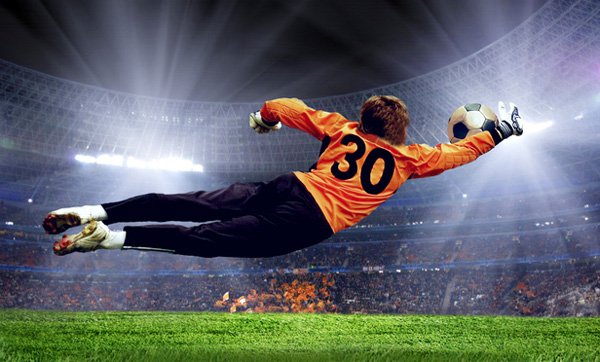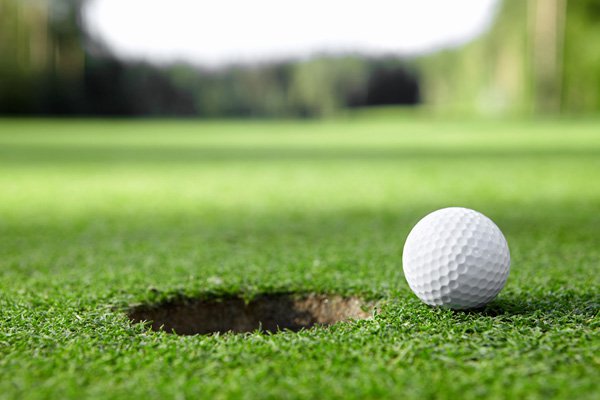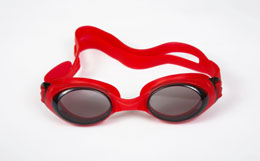
When my kids were in Little League twenty years ago, the season basically ran from April to June followed by All-Stars, then sprinkled with additional tournaments that would go to the end of July.
Today's leagues are offering more and more tournaments throughout the summer with some going almost to the start of the school year in September. The proliferation of these tournaments added to indoor workouts that begin in January, and are putting seven or eight straight months of baseball together.
Come the fall, do some of these players who have played the last eight months really want to enter a fall league? The answer is yes.
More and more fall leagues are cropping up around the country. Even with the competition from football and soccer leagues, some baseball purists still can't get enough. Some will argue with that, and there is evidence that overuse in any one sport is not the best thing for a growing body.
Still with all the knocks that baseball has gotten lately—the speed of the game, players leaving for other sports—kids that love playing baseball continue to seek out games and leagues almost year round.
How should a youth baseball organization run a fall league? If the league is an established league like the local Little League, the first thing the league has to do is see if their league insurance covers them for the whole year or just the spring baseball season. The league board should look into this and determine the fee for the league.
As for uniforms for established leagues, they should consider scaling down the uniforms for the players from what they might normally wear during the regular season. Nothing more than colored t-shirts for the players are really necessary.
The games themselves can be played a number of ways. I happen to think that a fall league should be as non-competitive as possible. This is a great opportunity for players to play positions they didn't play during the season. Pitchers' innings should be limited.
For example, if it is an eight game fall season, a player can't pitch more than twelve innings the whole fall season. If it is a twelve game season, no more than eighteen innings, total for the fall season. One and a half innings per game per pitcher should be the average.
You can make up any number of innings but there should be a definitive ceiling on the amount that can be pitched per player. This is forcing the manager to use different pitchers.
Also how about having a batting order comprised of the whole team, let's say one thru twelve? If there are more than twelve players on a team then bat through, whether there are thirteen or fourteen players on the team. And who says in a fall league of say 10, 11 and 12-year-olds, the game has to be six innings? Why not play seven innings if you bat through the order.
The point here is to get each player up in a fair equitable manner that hopefully is somewhat even by the end of the fall season. You also might want to consider having free fielding substitutions. This is another great opportunity for coaches to try players at positions they never played during the regular season.
Maybe a player who would never consider playing catcher will try it in the fall league and gravitate to the position. You can add other rules to keep the game moving like nine players maximum at bat per inning or seven walks per inning. This can be important especially if you are trying new players as pitchers.
Fall leagues can also be a great transition period for players moving up to the 60/90 field ( 60'6" pitching and 90' bases) if they played their last game on the small field. If you experienced players around the 13-year-old age that move from the small field right to the big field, you'll agree that 45 minute innings are not uncommon in the first few games of the season.
The fall league is a great venue to introduce players to the big field. In fact having a few games on, say, a 55/70 field will only help players as well as managers with the transition.
The biggest issue leagues will find is that most coaches and many players want the league to be competitive. This is perfectly normal with the way human nature works with sports.
If we are talking about a Little League and the league has long term goals, these goals should be written out for the fall league. I think it is in the best interest of the league to run fall leagues like NFL exhibition football as a way for players to try new positions and coaches to get to know players. Players and coaches that want the more competitive Fall league will be able to find them.
But is there anything really wrong with a league that has a more recreational tone to it rather than highly competitive? Let's leave the main thrust of the real competition for the spring and summer. And wouldn't a fall league be a great opportunity to have managers umpire the games their team is not in? This would get them to see the game from a different point of view. If not the managers, how about using the fall league as a training for new umpires? There are more than just a few benefits that can come out of a fall baseball league.
The main point is some kids prefer playing baseball to soccer or football in the fall. If there is enough interest, it's a shame to keep those fields empty during the months of September and October and, when timed correctly, a youth baseball fall league can be run right up to league tryouts for the next spring season. Fall baseball can be very beneficial but coaches and parents must monitor a fair set of guidelines that will help the players and league improve.

How to pick the best Golf Iron Headcovers

Benefits of Choosing Prescription Swim Goggles

Copyright © www.mycheapnfljerseys.com Outdoor sports All Rights Reserved